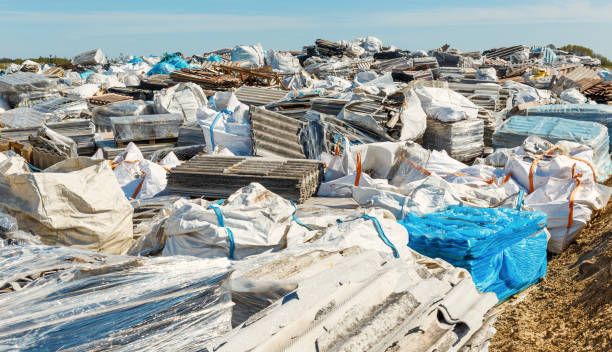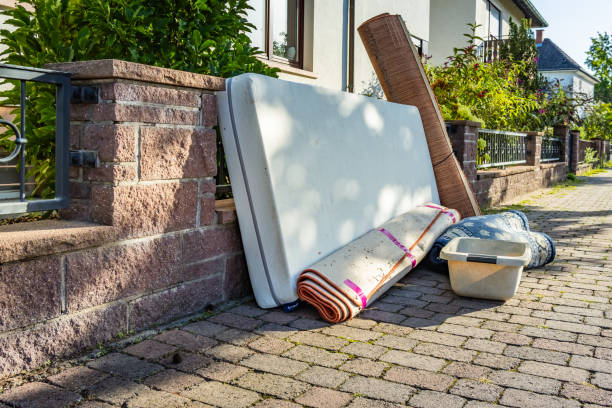How to Safely Remove Hazardous Household Waste

Proper disposal of hazardous household waste is essential to protect your health, the environment, and your community. Items such as chemicals, batteries, paints, and electronic waste require special handling to prevent contamination. JunkDoor (junkdoor.com) provides expert insights on how to safely remove hazardous waste from your home.
1. Identify Hazardous Household Waste
Understanding which items are considered hazardous ensures they are disposed of correctly.
- Paints and Solvents: Oil-based paints, thinners, and varnishes contain harmful chemicals.
- Batteries: Lithium-ion, car, and alkaline batteries can leak toxic substances.
- Pesticides and Herbicides: These chemicals can be dangerous if not disposed of properly.
- Cleaning Products: Bleach, ammonia, and disinfectants may be hazardous when mixed or dumped.
- Electronics (E-Waste): Old computers, TVs, and mobile phones contain harmful metals.
2. Store Hazardous Waste Safely
Proper storage prevents leaks, contamination, and accidental exposure.
- Keep Items in Original Containers: This ensures proper identification and prevents chemical reactions.
- Store in a Well-Ventilated Area: Avoid enclosed spaces where fumes can accumulate.
- Avoid Mixing Chemicals: Combining different substances can create toxic fumes or explosive reactions.
3. Utilize Local Hazardous Waste Disposal Programs
Many cities and municipalities offer designated drop-off sites and collection events.
- Check Community Resources: Locate hazardous waste facilities or collection days in your area.
- Follow Disposal Guidelines: Each type of waste may have specific handling requirements.
- Schedule Pickups: Some services offer at-home hazardous waste collection.
4. Recycle Whenever Possible
Many hazardous items can be recycled to reduce environmental impact.
- Take Batteries to Recycling Centers: Many stores accept used batteries for safe recycling.
- Recycle E-Waste: Look for electronic recycling programs that safely dismantle and repurpose components.
- Donate Unused Paints: Some organizations accept leftover paint for reuse.
5. Use Safe Alternatives to Hazardous Products
Prevent hazardous waste buildup by opting for eco-friendly alternatives.
- Natural Cleaning Solutions: Use vinegar, baking soda, and lemon juice instead of chemical cleaners.
- Non-Toxic Pesticides: Opt for natural repellents instead of chemical sprays.
- Rechargeable Batteries: Reduce battery waste by using rechargeable options.
6. Hire Professional Hazardous Waste Removal Services
For large quantities of hazardous waste, professional disposal services ensure safe handling.
- Certified Disposal: Companies like JunkDoor follow proper safety protocols.
- Convenience: Avoid handling dangerous materials yourself by using expert services.
- Legal Compliance: Ensure hazardous waste is disposed of according to regulations.
Conclusion
Safely removing hazardous household waste protects your family and the environment. By identifying hazardous materials, using local disposal programs, recycling where possible, and opting for eco-friendly alternatives, you can reduce waste and minimize risks. When needed, professional junk removal services like JunkDoor can ensure proper disposal for a safer home and community.



